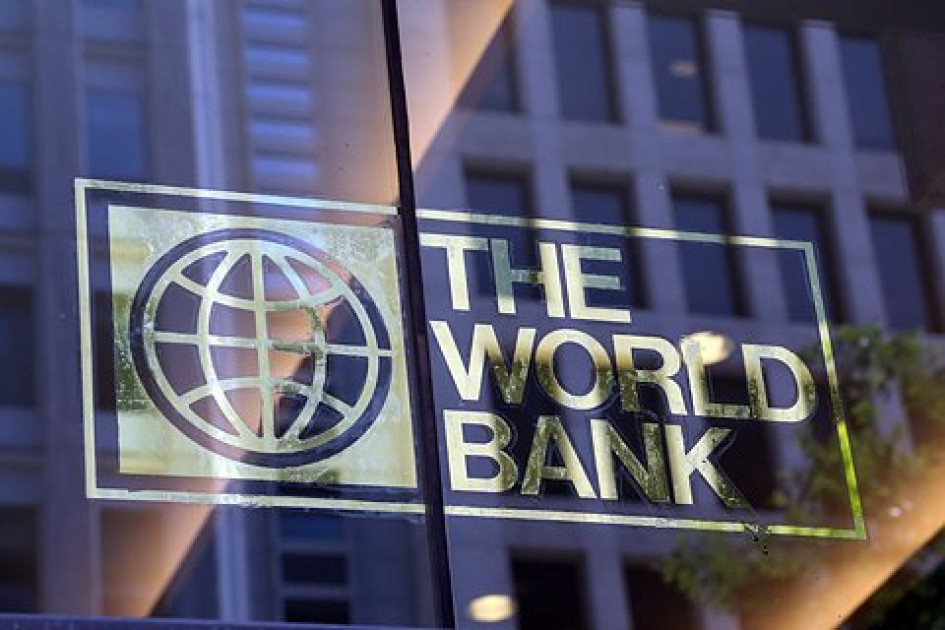The World Bank has sharply lowered its growth forecast for the Ukrainian economy: what it means
7 October 21:30
The World Bank has released an updated forecast for the Ukrainian economy. According to it, in 2026, Ukraine’s GDP will grow by only 2%, while the previous estimate provided for a 5.2% rise, "Komersant Ukrainian" reports.
Thus, the growth rate was revised downward by more than 3 percentage points.
Why the forecast has deteriorated
The World Bank cites several key reasons:
- the ongoing Russian aggression and related risks;
- low investment and business activity;
- destruction of infrastructure and rising costs of reconstruction;
- record gas imports, which increases the burden on the economy;
- adecline inagricultural exports due to bad weather and the resumption of trade restrictions by the EU.
Economists add that the value of Ukraine’s exports in the first half of 2025 decreased by almost 5%, in particular due to a drop in supplies to the EU, which accounts for about 60% of Ukrainian exports.
Previous forecasts
- In April 2025, the World Bank already lowered its expectations from 7% to 5.2%.
- Back then, the main factor behind the more optimistic scenario was the end of the full-scale war.
- Now, the forecast for 2027 remains more positive, with growth of 5% expected.
What it means for Ukraine
The reduction in the growth forecast means
- slower economic recovery than expected;
- limited opportunities to attract investment, as risks remain high;
- dependence on external assistance and loans from international partners, including the IMF and the EU;
- further pressure on the state budget, which already spends a significant portion of its funds on defense.
What the Ukrainian government expects
The Ukrainian government expects the economy to grow by 2% in 2025, although it had previously forecast 2.7%. Despite the pessimistic estimates, the Ministry of Economy insists that structural reforms and international support will allow Ukraine to enter a sustainable growth trajectory after the end of the war.
What’s next
The World Bank and other international financial institutions emphasize that Ukraine’s long-term recovery directly depends on the security situation and the speed of integration into European markets. In case of de-escalation of hostilities, the pace of recovery may accelerate.
As a reminder, after the full-scale invasion of Russia in 2022, the Ukrainian economy fell by 29.1%.
In 2023, there was a partial recovery (5%), but it remained fragile. Since then, key international institutions – the IMF, the EBRD, and the World Bank – have repeatedly adjusted their forecasts, depending on the course of the war and Ukraine’s ability to maintain exports, especially agricultural and metallurgical.









